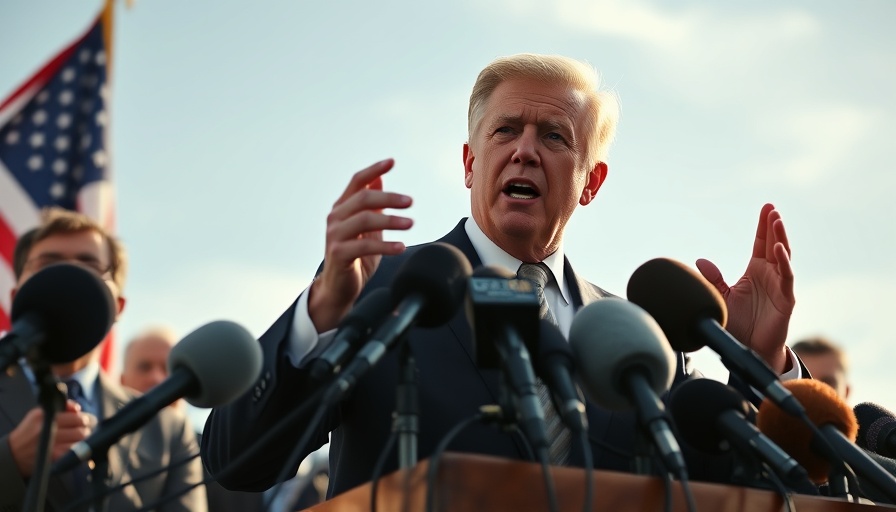
Understanding NATO’s New Spending Goals: A Mixed Bag for Europe
NATO recently agreed to raise its defense spending goal to 5% of gross domestic product (GDP) by 2035, a substantial increase from the previous target of 2%. While this pledge may seem robust, experts indicate that meeting such an ambitious goal may be unrealistic, particularly for several European countries. As tensions continue to mount in geopolitical landscapes, leaders appear to be making a move to appease former U.S. President Donald Trump, who has previously demanded that NATO allies increase their spending commitments drastically.
Five Percent: A Surreal Target for Most
Foreign policy expert Liana Fix highlighted concerns that spending 5% of GDP would be “just crazy for Europeans.” With historical context in mind, it is worth noting that many European nations have not allocated such a high percentage for their defense budgets even during the peak tensions of the Cold War. For instance, the UK spent 2.33% of its GDP, amounting to $82.1 billion in 2024, showing a stark contrast against the proposed new threshold. It raises the question: how feasible is this ambitious target?
The Political Undertones of the Commitment
The agreement to increase defense spending may be less about genuine military needs and more a political maneuver meant to placate the U.S. government. Jan Techau from the Eurasia Group pointed out that a one-size-fits-all approach makes little sense in the context of diverse national economies within NATO. Accordingly, it is likely that some member states will significantly struggle to meet commitments, making the overall agreement potentially empty of real impact.
The Road Ahead: Defining Defense Budgets
As NATO leaders convene to further discuss the breakdown of the new spending parameters, Fix anticipates deliberations around how much of the GDP allocation will truly contribute to core defense versus ancillary investments. For many European countries, the challenge will not only be financial but also political, as leaders must sell this significant spending increase to their domestic constituencies.
Implications for the Business World
For business professionals, especially those involved in sectors like defense, tech, and infrastructure, understanding these dynamics could present notable opportunities. Defense contractors and technology firms may stand to benefit from an uptick in government contracts aimed at fulfilling these budget promises. Moreover, local businesses could capitalize on increased spending in areas such as infrastructure development.
The impact on the European market should also be analyzed through the lens of long-term growth versus immediate pressures. As companies navigate this complex landscape, you'll want to keep updated on shifts in policy and potential openings for collaboration in the defense sector.
Conclusion: A Call to Stay Informed
As NATO’s defense goals evolve, it becomes increasingly important to stay informed about how these changes may affect your business environment. Pay attention to government contracts, regional spending habits, and emerging markets related to defense and infrastructure. With the European market's uncertainty, understanding strategic opportunities can empower your decisions moving forward.
 Add Row
Add Row  Add
Add 



Write A Comment